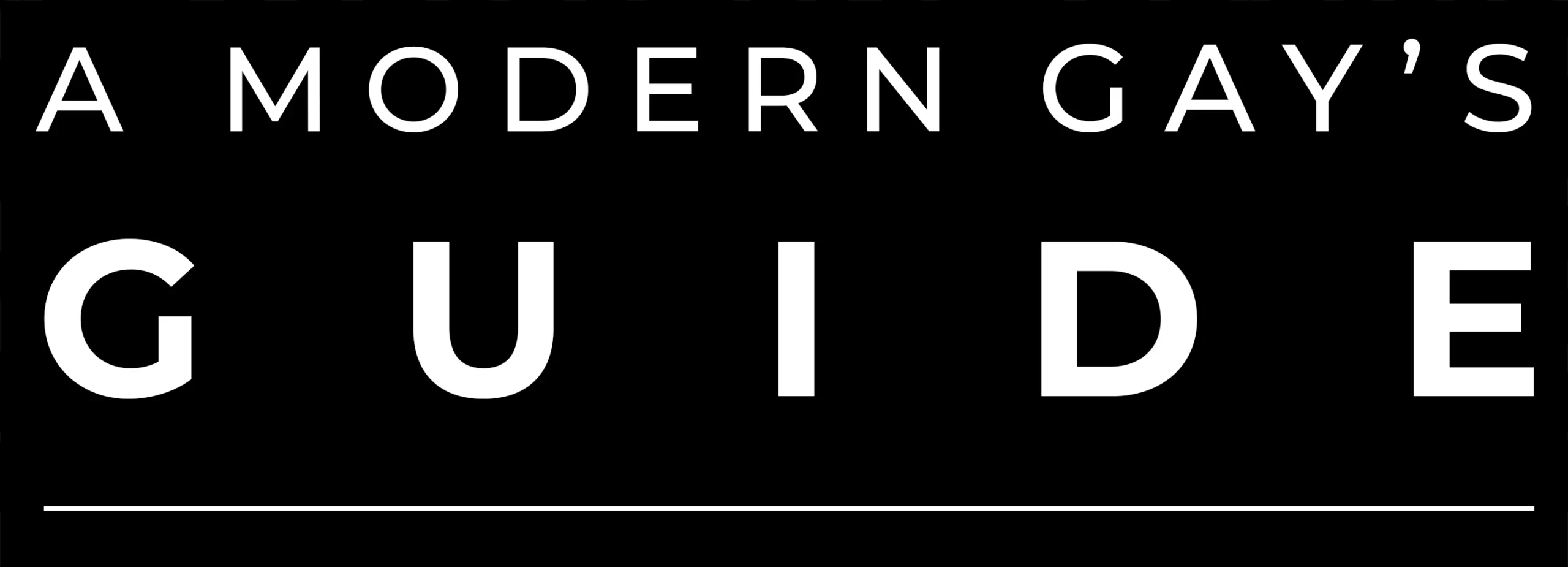It has been more than six decades since the first major virus – HIV – began wreaking havoc on the LGBTIQ+ community. Since then, gay and bisexual men, and other men who have sex with men (GBMSM) haven’t known a single moment of peace.
In the second half of 2019 COVID reared its ugly head, forcing communities into isolation. This, of course, was another massive blow to the LGBTIQ+ community. Without the ability to physically and socially connect with our queer siblings (whether that be over coffee, at dinner, in bars and clubs, in saunas, or elsewhere) our mental and physical wellbeing was severely impacted.
Now, just two and a half years later, we’re facing a new threat – The Monkeypox Virus (MPX) – and this one is again running rampant through the global GBMSM community.
And with Sydney WorldPride at our doorstep, it’s important that we remain vigilant.
MONKEYPOX: WHAT IS IT?
If you were to scroll through the wasteland of misinformation online, you may be painted a very different story than the one I’m about to tell you right now. So let me be crystal clear: Monkeypox is not sexually transmitted; it is not an STI; and it does not only affect GBMSM.
Monkeypox is a disease similar to – yet far less severe – than its closest relative, smallpox. It’s a disease which is characterised by a pimply or blistery rash which is commonly located on or near the genitals and anus and may also be on other areas like the hands, feet, chest and face.
In addition to this rash, you may also experience fever, chills, swollen lymph nodes, body aches, and/or respiratory symptoms. These symptoms begin anywhere between 5–21 days after exposure, and may present for 2–4 weeks in total.
Due to these symptoms – and in particular the rash and respiratory symptoms – Monkeypox can be transmitted in a number of ways, including through close, personal, skin-to-skin contact; through contact with infected surfaces; and through contact with respiratory secretions.
In some ways, Monkeypox, its symptoms, and its spread are similar to COVID (and I say that as a general observation, as somebody who has no medical expertise whatsoever), so fingers crossed we can stifle the spread before it gets worse.
WHAT YOU CAN DO TO STOP THE SPREAD
In June of last year, Monkeypox was declared a Communicable Disease Incident of National Significance by Australia’s Chief Health Officer. And at the time of writing this factsheet, fewer than 100 cases had been identified across Australia.
While Monkeypox is serious and we should treat it as such, it is not a reason to panic. It is simply a reason to remain vigilant, as the LGBTQIA+ (and, in particular, GBMSM community) always has.
NSW Chief Health Officer Dr Kerry Chant explains, “It’s important people continue to be self-aware when it comes to their health and wellbeing. We urge people to look out for symptoms, especially those who have recently travelled overseas in UK, Europe and North America…If you develop any symptoms, particularly an unusual rash, lesions or sores, please call ahead to your GP or local sexual health clinic. It is important to wear a mask when attending the clinic.”
Other than this, there are several ways we – as a community – can help stop the spread for ourselves and each other, like washing hands, wearing face-masks, and isolating (if necessary). Furthermore, if you’re deemed eligible to receive the MPX vaccine, we would urge you to look into that. The vaccine is the same one used to protect against smallpox but is only available to those deemed high-risk (including GBMSM with HIV, and who attend sex-on-premises venues).
To determine your vaccine eligibility (and to learn more about the virus and its spread), visit your state/territory’s department of health website (linked below). More information about MPX – including about symptoms and prevention – can be found at ACON.




